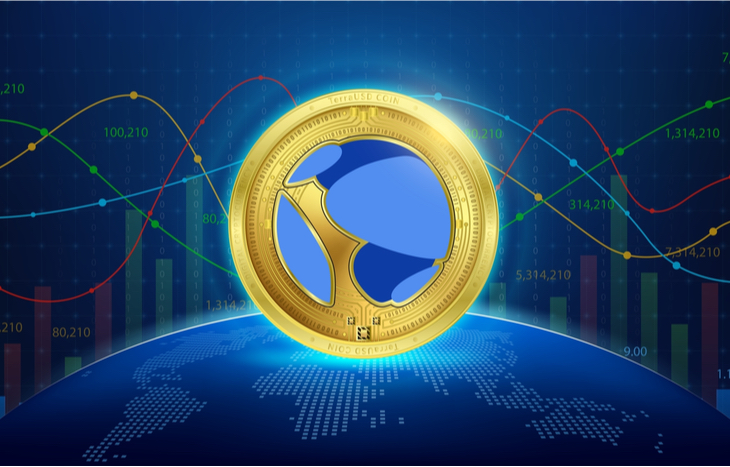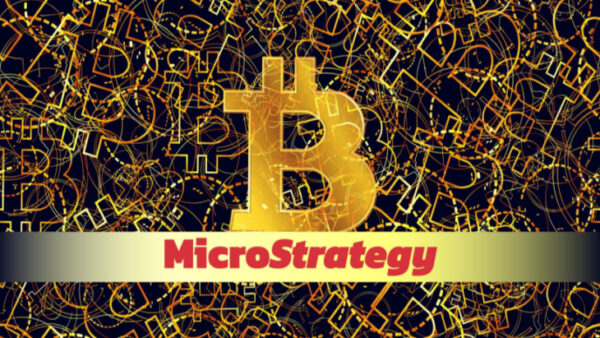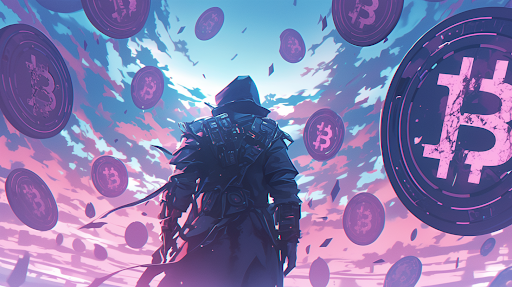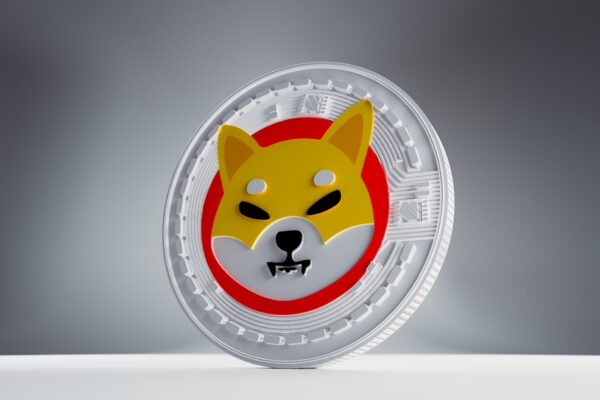TerraUSD Update: The Plan to Reestablish Stability
Cryptocurrency is well-known for its volatility. Even investors of Bitcoin and Ethereum, the largest coins, know to expect wild price swings due to the unregulated, decentralized nature of these assets. There is, however, an antithesis to this volatility: stablecoins. Pegged 1:1 to a regulated commodity like the U.S. Dollar (USD) or gold, stablecoins are crypto assets that eschew volatility for predictability as stores of value.
Stablecoins have been something of a safe haven for new crypto investors: until now. TerraUSD, one of the most popular stablecoins, lost more than 90% of its value seemingly overnight, causing a frenzied panic among crypto investors who assumed their investment in the stablecoin was safe due to its design.
Now, a proposed TerraUSD update seeks to restore equilibrium to the coin. But will it be enough to re-establish this stablecoin? And what does this mean for even more popular stablecoins like USD Coin or Tether? It’s bad optics for crypto, which has already faced scathing criticism after crashing this year.

What is TerraUSD (UST)?
TerraUSD (UST) is a stablecoin founded in 2018 by crypto startup Terraform Labs. Like many stablecoins, it was created to mirror USD and provide a 1:1 exchange rate that makes it easier for investors to buy into crypto. Instead of funding a crypto account with fiat currency and purchasing crypto assets, UST served as a more direct foray into crypto, since all investors needed to do was exchange USD for an equal amount of UST. In this way, TerraUSD isn’t so much a cryptocurrency or a digital asset, but a store of value.
What Caused the TerraUSD “Death Spiral?”
UST differs from other stablecoins in that it’s not backed by real-world assets (cash, bonds). Instead, it maintains equilibrium thanks to a sister coin: Luna. As an algorithmic stablecoin, the price of UST is dependent on a “minting and burning” relationship with Luna. It’s a supply and demand system that, unfortunately, was recently put to the ultimate test.
Essentially, when the price of TerraUSD rises above $1, Luna token holders can exchange their token for a TerraUSD token, effectively minting a new UST coin and burning a Luna token. This serves to bring the price of UST back down to $1. It’s a system that encourages crypto investors to arbitrage to moderate the price.
TerraUSD’s “death spiral” was the result of a massive selloff of crypto assets. Investors sold out of their coins, which up-ended the equilibrium of TerraUSD and Luna, causing both to crash. Worse still, the founders of the stablecoin tried to stabilize volatility by buying Bitcoin reserves to anchor the price… only to see the price of Bitcoin plummet at the same time. It’s a scenario that saw more than $1.5 billion in losses.
Will a Fork be Enough to Fix TerraUSD?
After failing to stabilize UST with a massive investment in Bitcoin reserves, Terraform Labs is exploring a new way to reestablish the algorithmic balance between TerraUSD and its reserve currency Luna. That solution is a hard fork.
Dubbed the Terra Ecosystem Revival Plan 2, the proposed hard fork would delineate a new blockchain called Terra, while relegating the first iteration of the currency pair to the old blockchain, called Terra Classic. In non-technical terms, the proposal would effectively kill the original iteration of the algorithmic stablecoin (UST) and create a new chain as a fresh start.
Hard forks are nothing new in the crypto world and have been successful in the past at correcting the mistakes of early blockchain protocols. Major cryptocurrencies like Ethereum have undergone multiple hard forks to resolve issues and improve the performance of the blockchain. It’s likely that TerraUSD can do the same and emerge a better stablecoin because of it. The true problem comes from the reputation damage UST suffered at the hands of those left holding the bag.
What Does This Mean for Stablecoins?
TerraUSD was the third-largest stablecoin and often touted as a more stable alternative to asset-backed coins like Tether or USD Coin. Unfortunately, that’s a statement now proven false. Worse still, the UST crash has cast tremendous doubt on other stablecoins. Tether, for example, maintains its 1:1 USD peg and continues to trade actively amidst the crypto crash; however, the currency saw a one-day negative spike to $0.94 that jolted investors.
All in all, stablecoins have weathered the 2022 crypto crash relatively well. If the TerraUSD update plays out effectively and the new iteration of the coin is able to maintain equilibrium, it could invite confidence back into the crypto markets. The ability to maintain value even in a volatile market proves opportunity for a wider usership interested in the potential of crypto, but dissuaded by its unpredictability.
A TerraUSD Update Might Not be Enough
Even with a TerraUSD update, there’s tough times ahead for algorithmic stablecoins. The recent collapse of UST proved that stablecoins without real-world asset backing face dire consequences in the event of a massive selloff. And while a fork might resolve the algorithmic pitfall that allowed both USD and Luna to crash in the span of 24 hours, there’s no technological path to restoring investor confidence.
Want to keep up with the latest news on crypto markets? Browse the best investment newsletters and sign up for one that delivers crypto insights right to your inbox. The market might be volatile right now, but that doesn’t mean there isn’t opportunity for those with a long-term outlook on blockchain-backed assets!





